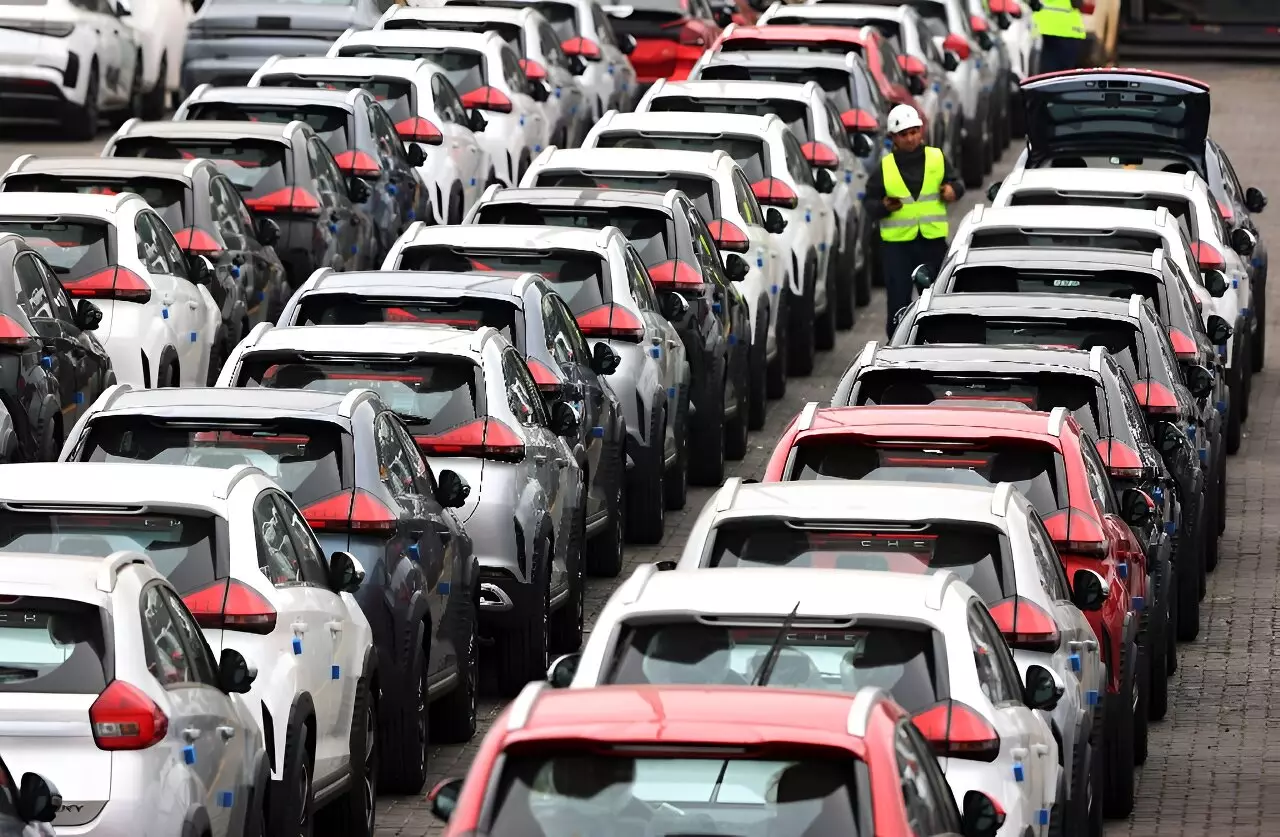The perception of Chinese-made cars in Latin America has shifted significantly in recent years, with more and more consumers like Claudio Perez opting for these vehicles over traditional US- and Brazilian-built models. What was once considered dubious and “plastic-like” has now become a viable and attractive option for many car buyers in the region.
Chinese car sales in Latin America have seen exponential growth, with the country selling $8.5 billion worth of cars in the region in 2020. This represents a significant market share, surpassing that of the United States and Brazil. Chinese carmakers have made a conscious effort to offer competitive prices without compromising on quality, making them an appealing choice for consumers across Latin America.
In the emerging market of electric vehicles, Chinese car manufacturers have taken an even bigger slice of the Latin American market, with 51% of all sales coming from Chinese-made electric vehicles. This shift towards cleaner engine technologies has been pivotal in combating pollution in major cities such as Santiago, Bogota, and Mexico City.
The impact of Chinese-made cars in Latin America extends beyond consumer choice. Chinese car manufacturers have established a significant presence in countries like Chile, Mexico, and Brazil, with companies like BYD building large-scale electric car plants in the region. This has not only provided affordable options for middle- and low-income populations but has also paved the way for the rapid adoption of electro-mobility in the region.
As Latin America continues to embrace Chinese-made cars, the future looks promising for the automotive industry in the region. With an emphasis on quality, technology, and design, Chinese car manufacturers are poised to dominate the market further and drive the transition towards cleaner and more sustainable transportation options. The rise of Chinese-made cars in Latin America is not just a trend but a sign of a significant shift in the automotive landscape in the region.



Leave a Reply